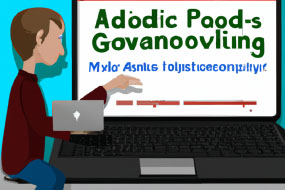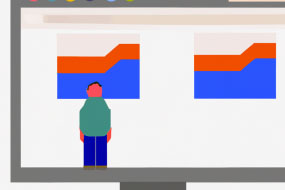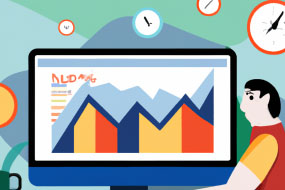
Google has been making steady progress in natural language generation and chatbot technology. In this article, we explore some of Google's recent discoveries and advancements in these areas that can have a significant impact on the applications of these technologies.
Natural Language Generation
Google has been experimenting with natural language generation for a while now, but its latest developments are particularly promising. The company has recently uncovered a way to use machine learning to make natural language generation more accurate and efficient. Google researchers have developed a deep learning model called T5, which stands for Text-to-Text Transfer Transformer. This model can be used to generate human-like text by training on a diverse range of input-output pairs. The result is a remarkably flexible and capable natural language generation system that has a wide range of potential applications.
Chatbot Technology
Google is also making significant progress in chatbot technology, which is quickly becoming a critical aspect of various industries, including e-commerce and customer service. The company has recently introduced a chatbot-building platform called Dialogflow CX. This platform allows developers to create complex and sophisticated chatbots that can understand and respond to user input more accurately and naturally. Google has also developed a chatbot called Meena, which is designed to have more human-like conversations. Meena can understand the context of a conversation and respond contextually, which is a significant step forward in chatbot technology.
Potential Applications
Google's advances in natural language generation and chatbot technology have a wide range of potential applications. For example, natural language generation can be used to create interactive news articles, marketing copy, and social media posts. Chatbots, on the other hand, can be used to automate customer service, streamline e-commerce transactions, and provide personalized recommendations. With the ongoing developments in these areas, we can expect to see increased automation and efficiency in various industries.
















